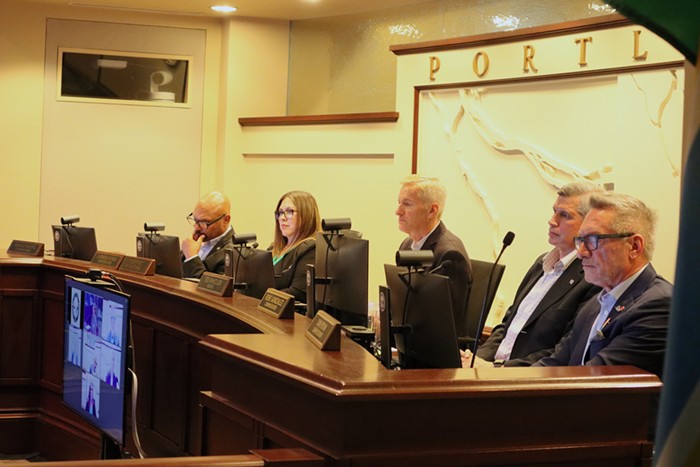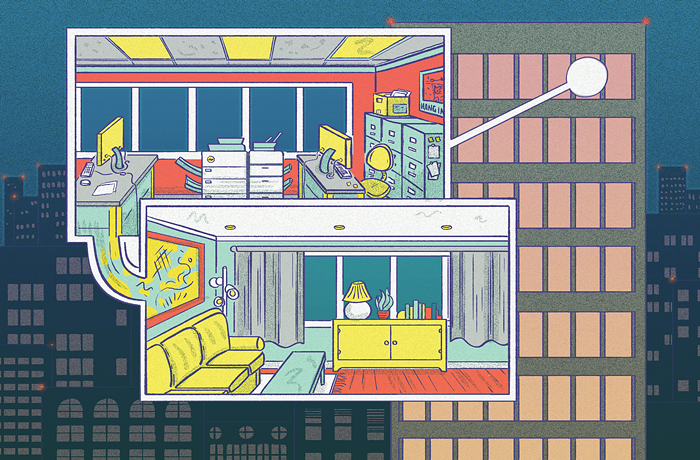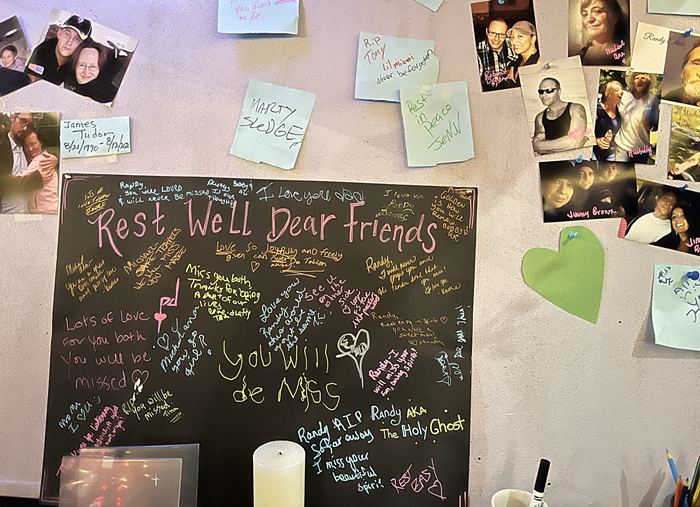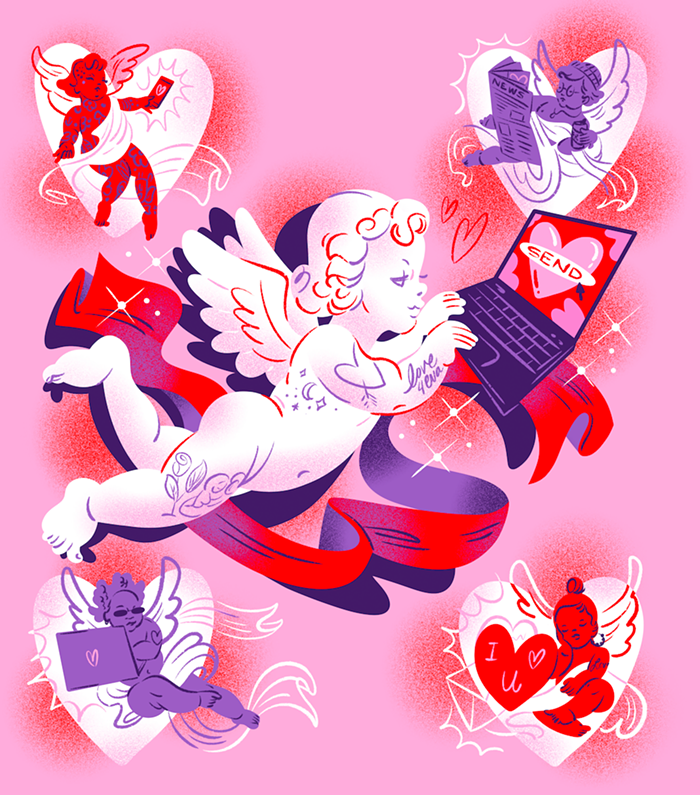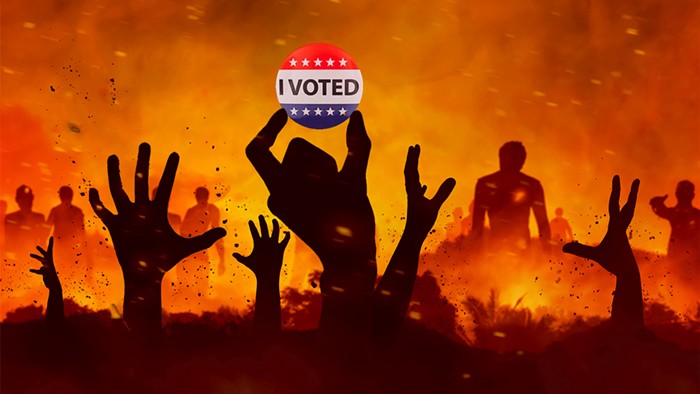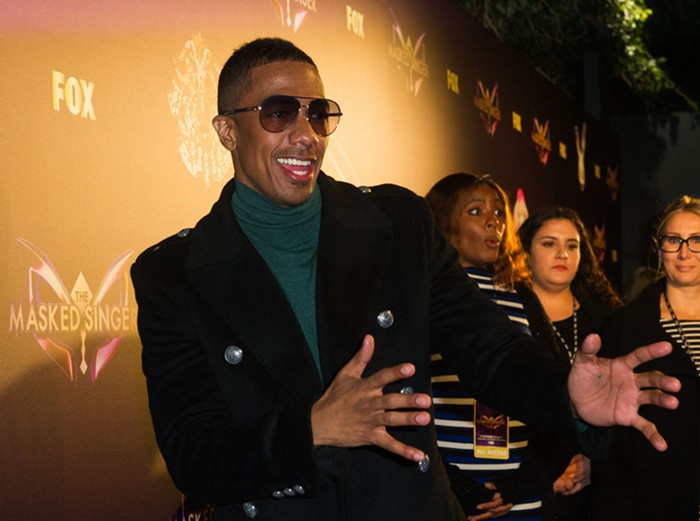Corporate sponsorship of the arts is not unheard of. For example, Portland Institute of Contemporary Art's current exhibition, Counter Canvas showcases work "made possible," by various endowments, including funding from Nike.
However, in December '99, photographer Nan Goldin, conceptual artist Damien Hirst, conceptual artist Christopher Chiappa, and advertising executives from R.J. Reynolds Tobacco Co., began a partnership that defied any sort of industry standard. The art-world and ad-world elites became entangled during the creation of a one-of-a-kind, test-marketing campaign for Camel brand cigarettes. The limited edition, signed product packs are now available in select venues in Chicago and New York.
Camel executives, looking to touch base with the culturally astute demographic of their loyal smokers, summoned the internationally recognized artists to provide original packaging for their carcinogenic treats. According to Senior Public Relations Representative Ellen Matthews, the impulse behind the marketing scheme was to "support innovation in the arts, in conjunction with RJ Reynolds WIP (Works In Progress) program", which is designed to highlight work by leading-edge contemporary artists.
Each of the three artist-designed packs includes a pamphlet affixed to the outside of the packs that gives details about, and a quote from the respective artists, as well as some information about the Camel WIP program. For example, NY photo-diva Nan Goldin states "My photographs are the diary I let people read." Her photo-based Camel pack depicts a smoker at a New York City phone booth offering another smoker one of his Camels. Artist Christopher Chiappa's version places the artist himself on a sidewalk, wearing a sandwich board that mimics the standard Camel Lights pack. London art star Damien Hirst's Camel pack is a graphic composition that includes his famous "rendered butterflies", set against a red background. (Above)
On the surface, the fabrication of these designer smokes provokes some ideological intrigue. First, there is the issue of arts funding. RJ Reynolds' art/advertising project could very well represent the wave of the future concerning organized support for the arts. The status of the National Endowment for the Arts is controlled by the whimsy of politicians, especially those waiting at the gates of the White House. If the Texan with the sly grin is sworn in, he may very well be the deathknell of the NEA.
Considering this possibility, is it not prudent to foster and support alternatives to federal funding? The limited edition packs are also an undeniably unique attempt at public art. The packs are affordable, portable, low-commitment, and low brow forms of visual language that could easily find a way to an unlikely audience. Its also a bit fascinating to think of going to the corner store and buying a pack of "Goldin" smokes.
However, the amount of interest mustered by the partnership between the artist and corporation has manifested in nothing more than a quick sensation. The bottom line is that as "objects," the packs are incessantly dull. They may be hip and cool, (which makes them successful advertisements) but they fail to illuminate any valid gesture by the chosen artists or tap into the art world at large. RJ Reynolds' plan to highlight contemporary art resulted only in a savvy marketing feat, with Hirst, Goldin, and Chiappa unwittingly becoming their prized graphic designers. KARRIN ELLERTSON
